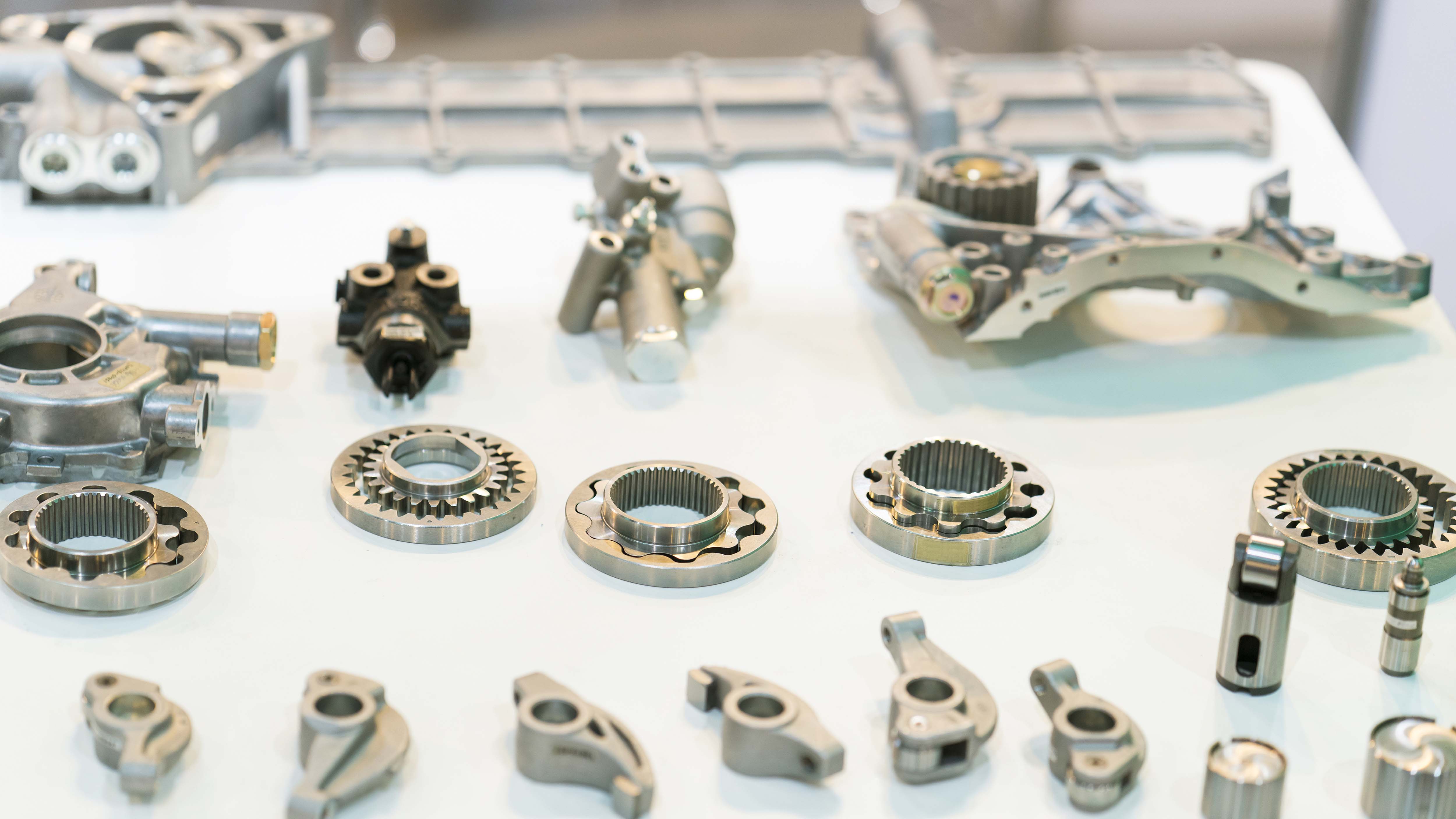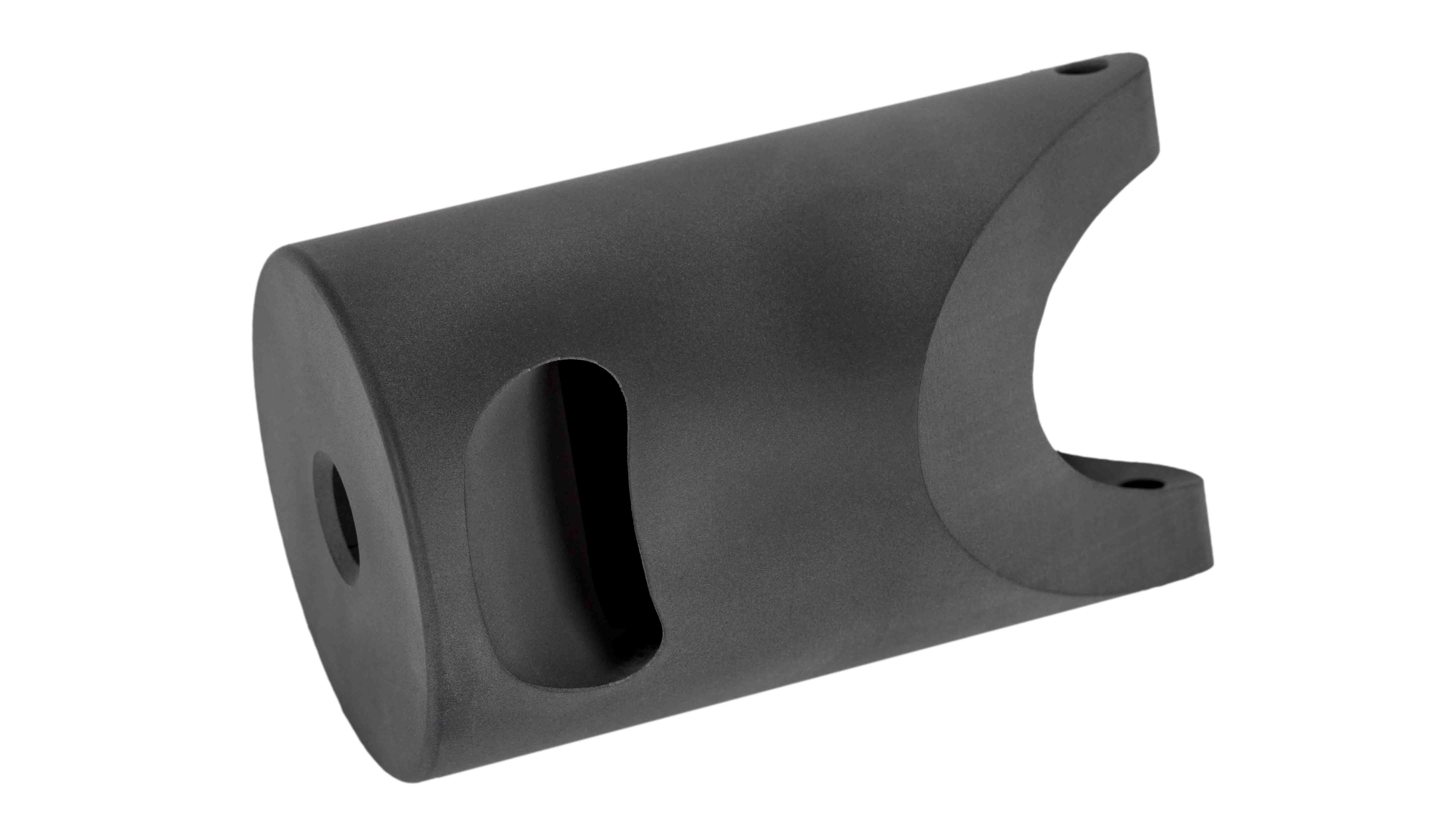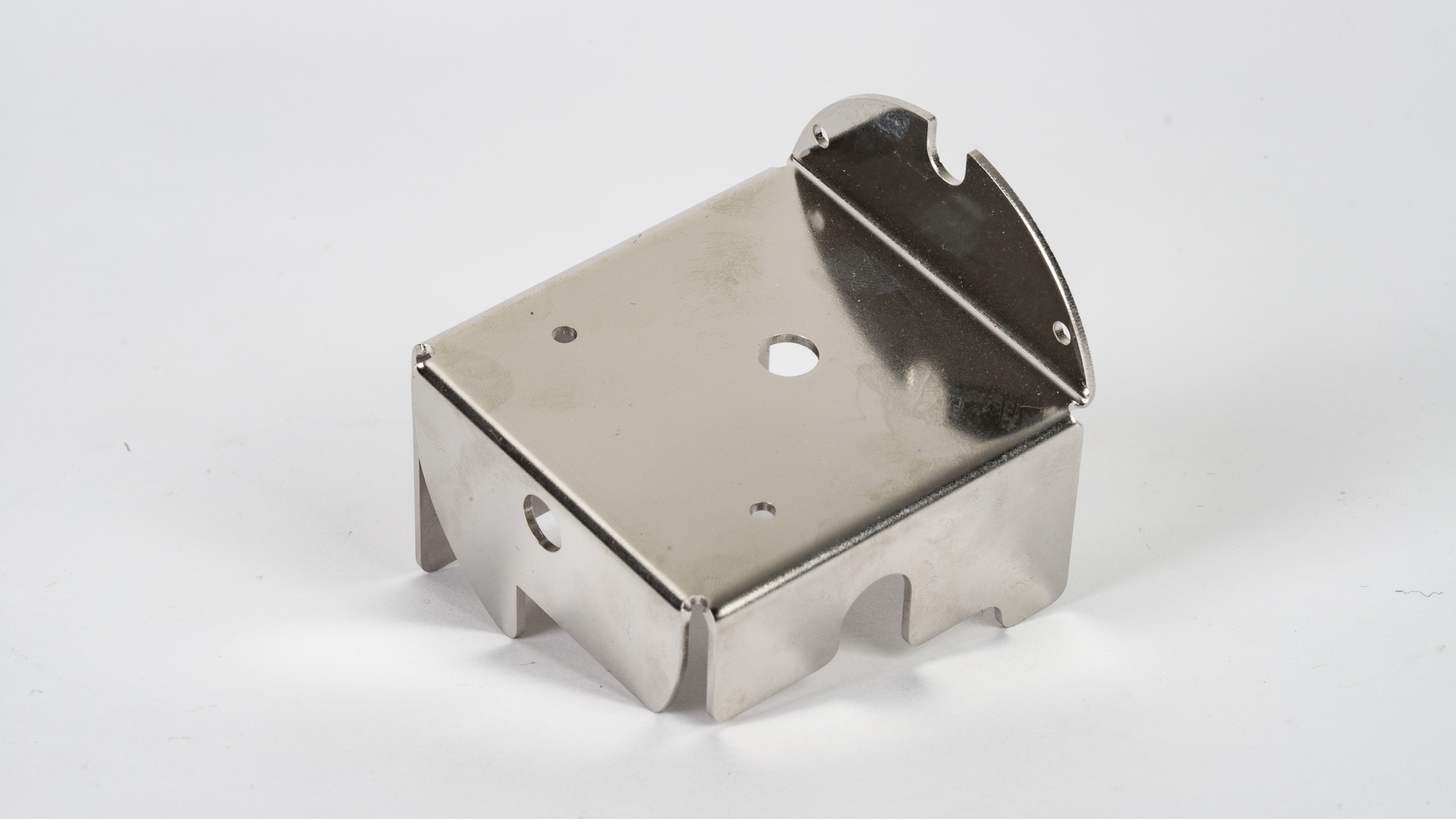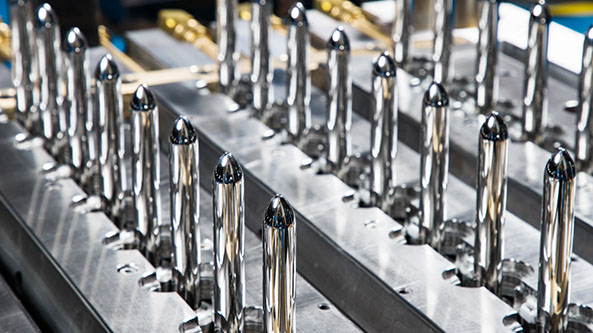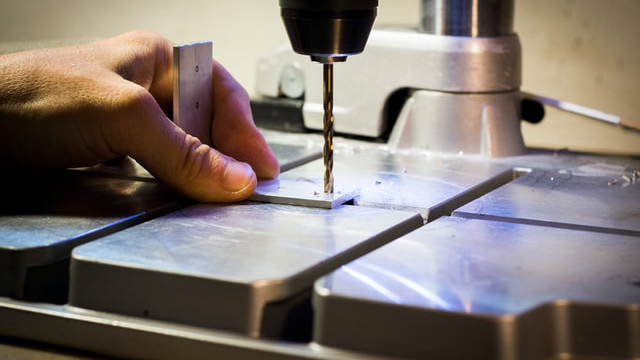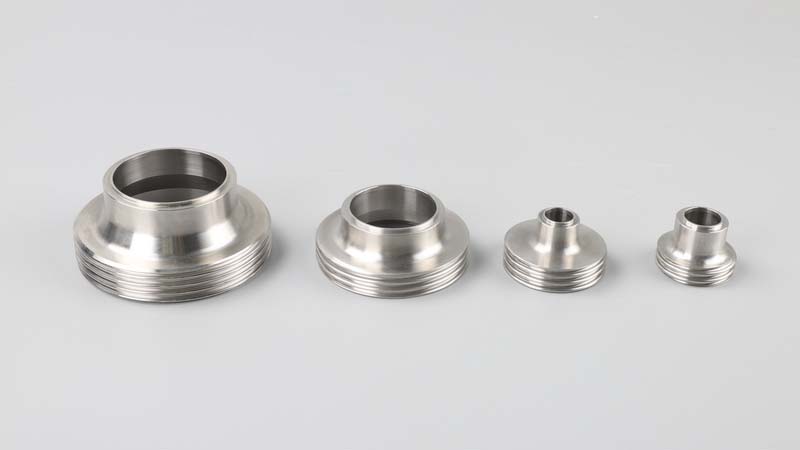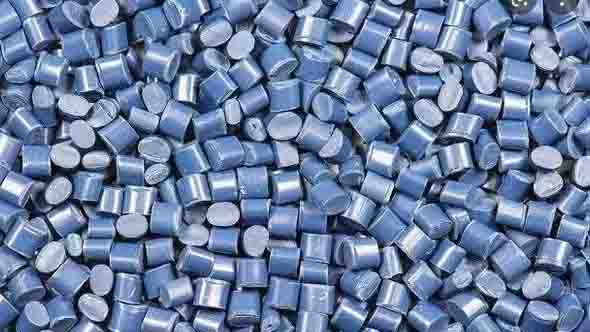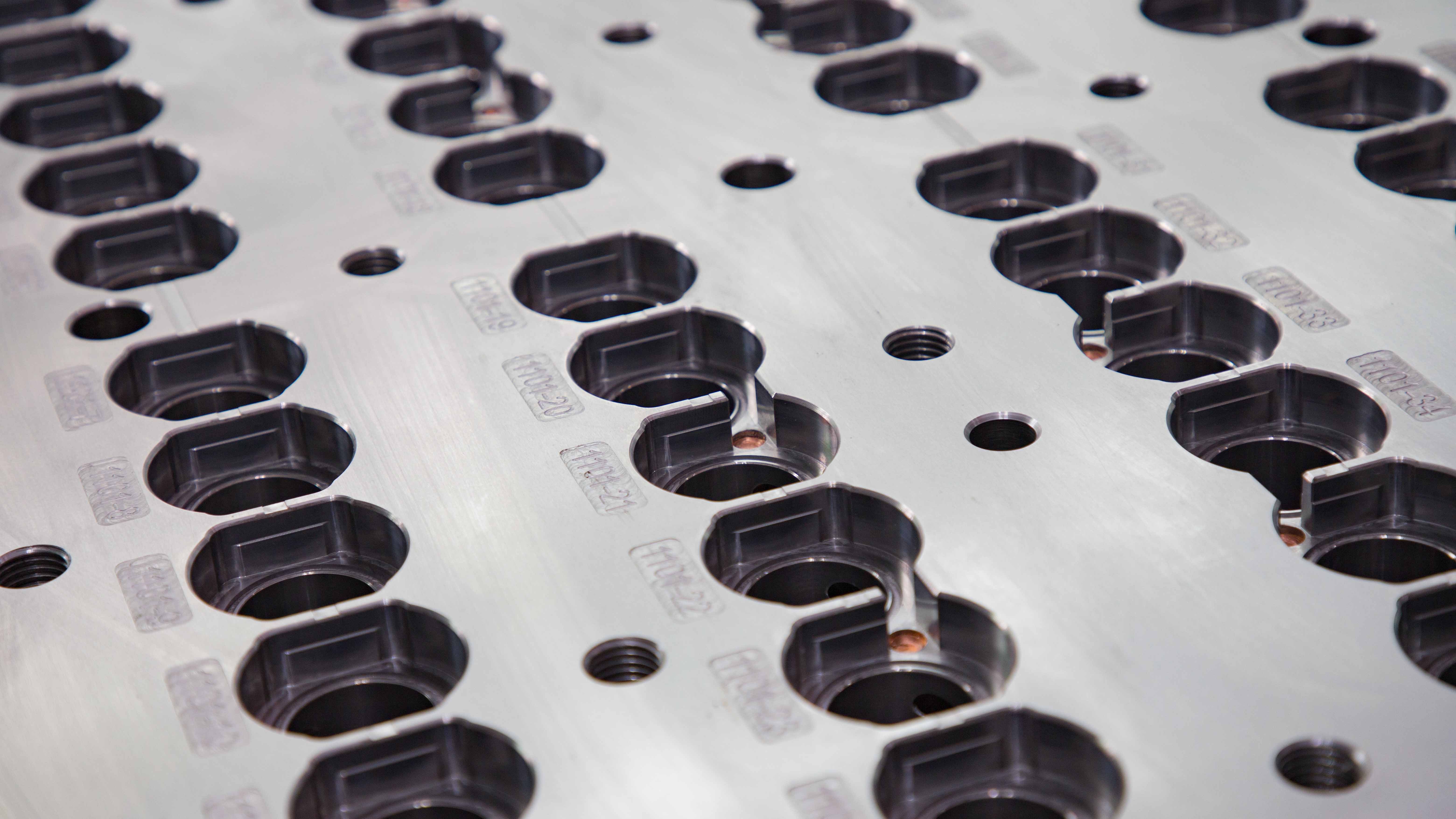Everything About Cooling System for Injection Mold
The injection mold cooling service dissipates the molding heat evenly. It would help if you had a fast cooling to get an economical production. The mold temperature system is also known as the cooling system. The mold temperature has an essential role in determining a plastic product’s cycle.mastars is a metal prototype maker we provide rapid prototyping services and proactive tooling design/build and mass production processing, from injection molding, die casting, CNC machining to final assembly as full one-stop solution.
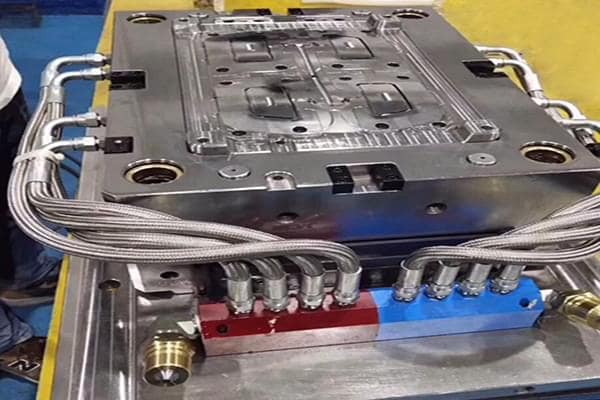
The injection molding system is often viewed as a secondary problem. The injection cooling temperature is essential for every mold design. The right cooling system design helps to shorten the cycle molds. It also improves production efficiency. An insufficient cooling will cause a longer molding cycle, thus lowering efficiency. Mold temperature affects the following things:
• * Warpage
• * Shrinkage behavior
• * Cycle time
• * Flow length
• * Mechanical components
Why Does it Matter to Use the Correct Choice of Cooling Method in Molding
Logistics that face manufacturing projects can cause headaches if we do not plan. Machine cooling is one of the most crucial steps in the production cycle. It also takes up much time during production.
This explains why people take the least effort into studying its impact. Remember, you should have a cooling system to prevent any tear and wear to the plastic. The cooling process happens in the middle of production.
It occurs before the ready product is ejected and after the plastic’s injection. The main purpose of the cooling phase is to lower the plastic’s temperature from 250 degrees to 70 degrees. It is at this temperature that the material is put on the mold.
This drop in temperature is essential to ensure the resins do not melt fast. It also keeps the hydraulic fluid in balance, suppose an overheating occurs. It also keeps the machine less dense, thus enabling it to run like silk.
Most cooling systems are air-powered in modern molding machines. Only a few still use the water system. It is possible to centralize both systems to make them fit with the plant requirements. Below we discuss some standard systems.
1. Upgraded Option-Cooling System
Cooling systems that run on water need evaporators to remove the heat from the unit. It would help if you used air-cooling condensers to remove the heat from the evaporator. The cooling system operates as a fan that takes air to the mold. It also entails an exhaust that removes hot air from the mold.
The majority of air coolers move the heat from the waterline to a molding machine. This cooler uses over 20% more power since air conducts heat differently than water. You will get rid of warm air from your machine if you decide to use air-powered systems.
You can avoid this by putting the cooler outside the house. It is advisable to put it in a place that lacks an air conditioner. There will be a more significant generation of dust due to the airflow caused by the heated systems.
This makes it essential to maintain them regularly if you want them to perform well. It is advisable to put the space-wise cooling chillers on flat floors because they occupy a lot of space.
2. The Old Fashioned Systems
These cooling systems are also called “Thermolator’s.” They function by pushing cold water via a line that goes to the mold cavity’s exterior. These waterlines are near the surface of the product to ensure the water circulates well. This also prevents warping.
Water going through the lines undergoes treatment using specific chemicals. This keeps the lines free from contamination and prevents bacteria occurrence. These cooler systems have two types of water flow called turbulent and laminar weave.
These terms describe how water travels in each system. Laminar flow is a straight liquid shot, preventing it from coming to contact with the surface line. Turbulent flow cools the last parts since it has a bigger surface space.
However, the main concern with this system is that it prevents condensation in the mold. It would help if you regulated the room’s temperature to prevent the mold from malfunctioning.
Which System is More-Effective?
People assume that air cooling systems are cheaper when you use them as an investment. These systems increase the costs of any operation. You might also have to rectify existing places in some cases. It would help if you got a hint from the fact that it needs constant maintenance.
However, water systems do not operate on water only. You will need extra charges to buy chemicals to treat the water. Remember, water treatment happens in every production cycle. It is also riskier to use these water systems. This makes it essential to have two systems to get the same result given by an air-powered machine.
Cooling Systems in Molding
Injection molding is a process that forces melted polymer to a metal mold. This process occurs under high pressure. It is then cooled until it becomes solid enough to be removed from the mold. Cooling plays a significant role in the molding cycle because it has an impact on the result.
You also need to give enough time to the item in the mold, even though it takes up most of the cycle time. Many defects occur due to non-uniform cooling.
Some include shrinkage and warping. These defects lower the final product’s quality and appearance.
The cooling process takes up over two thirds of the injection cycle. You can use a different cooling channel design to reduce the total time. The ambition is to have a uniform cooling time, and you can achieve this by using a specific system design.
You should also maintain proper temperature control in every cavity. You will experience residual stress by putting plastic into the mold. Shrinkage happens when you eject the item from the mold before it cools. Warping happens when you remove a part from the mold before it cools well.
Conclusion
Injections molding dissipates the heating mold evenly. The final decision on what system to use depends on you. However, you will make a more informed decision with the above information. Reach out for more information about the injection mold cooling system.
Mastars Industries CO., LTD
www.mastars.com
Email: marketing@mastars.com
Tel: +86 755-88210689
Fax: +86 755-8821 0685
Add: Building 6,Blue Sky Industrial Park, Ditang Road, Shajing Town, Shenzhen City, Guangdong, China
Contents
Mastars
rapid prototyping techniques
injection mold


